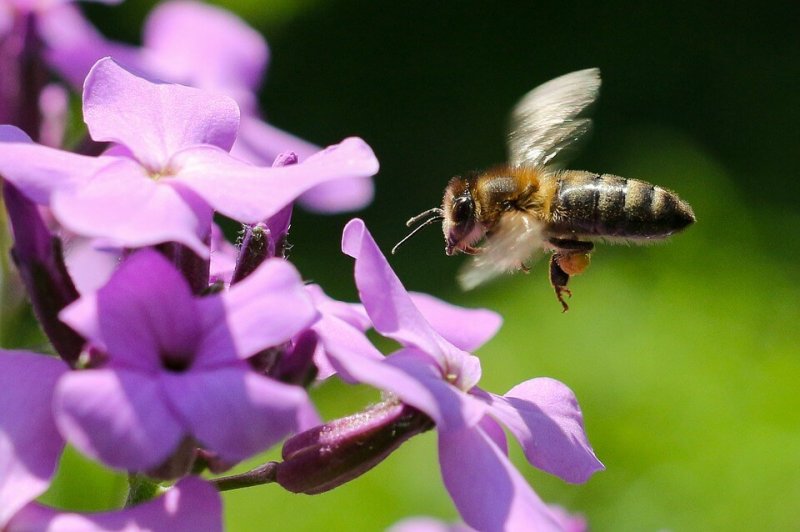When I was growing up in Tulsa, Oklahoma, long before we spent our evenings drawn to the soft glow of electronic devices, I would sit down in my grandparents’ backyard on summer nights and watch the air twinkle with fireflies. They allowed me to catch a few in a jar, so I could study their tiny anatomy amid brief bursts of light from within. But I was always made to set the insects free to continue their light show — or, frankly, to become food for frogs, spiders, and other creatures of the night.
[Editor’s note: Teresa Carr is a Texas-based science journalist.]
…
I had this all in mind when I recently read about a review of studies published in the journal Biological Conservation charting a catastrophic decline of insect populations worldwide …. Some called it “insectageddon.” Others wrote of a looming “insect apocalypse.” The Guardian, one of the first news outlets to cover the story, declared that “plummeting insect numbers threaten ‘collapse of nature.’”
…
Meanwhile, entomologists and ecologists around the world took to Twitter, blog posts, and editorials to point out serious methodological flaws in the research, and to refute the study’s doomsday findings.
Read full, original article: Science, Sensationalism, and the Lessons of ‘Insectageddon’































